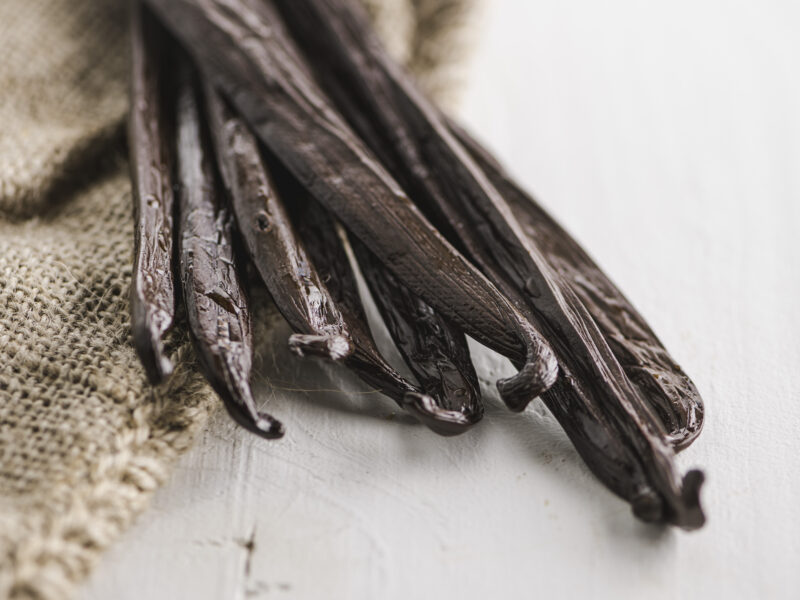Gastronomy in French Polynesia
Polynesians like to eat and they eat well. Does that appeal to you? Then a trip to French Polynesia is undoubtedly for you. Typical for its cuisine is the successful combination of external influences with local products and customs. It all comes together as one harmonious whole.
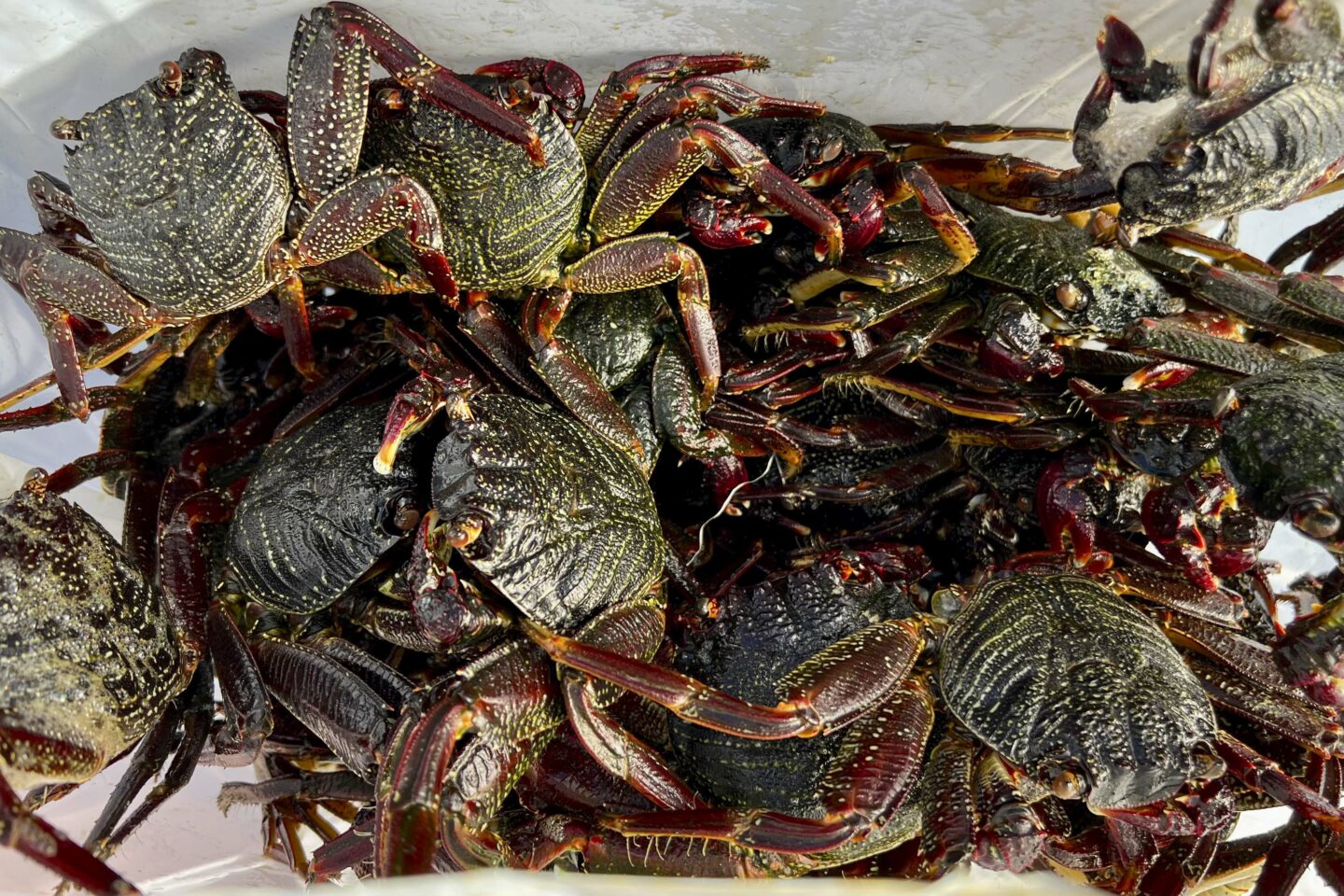
Ultra-fresh produce
The foundation of French Polynesian cuisine is its ultra-fresh produce. Fruits, vegetables, meat and fish are prepared on the grill, in carpaccio’s, in French-inspired stews or as Chinese stir-fries.
Fish is daily fare and the main ingredient in almost every dish. Every day, fishermen bring yellowfin tuna, mahi-mahi and swordfish from the ocean. The lagoons offer parrotfish and all types of seafood such as sea urchins and spiny lobster. The ocean is incredibly important to Polynesians. Local fishermen take great care to preserve reefs, corals and fish population.
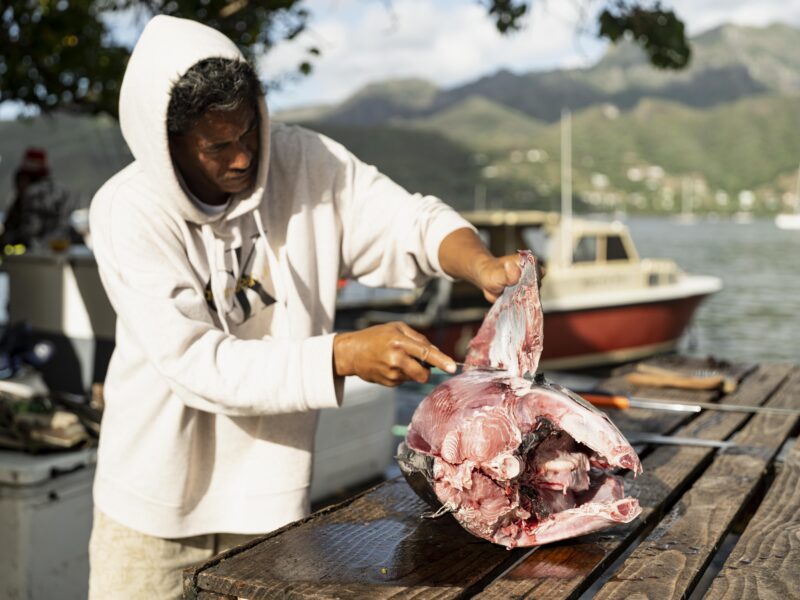
Coconut milk, uru, taro
Typical of the island's cuisine is cooking with coconut milk, the use of uru - which is the fruit of the carob tree - and root vegetables such as taro. Cassava and sweet potato are also popular ingredients. In addition, there is an abundance of bananas, mangoes, papayas and citrus fruits
Poisson cru à la Tahitienne
Yellowfin tuna abounds around the Polynesian islands. Just like coconut! No wonder the national dish combines both. There are some variations with vegetables, but the main ingredients of poisson cru à la Tahitienne are raw fish, lime and fresh coconut milk. Tahitians love it, and so do!

Visit a tamara'a
Want to really experience French Polynesia's gastronomy and culture to the fullest? Then attend a tamara'a or Tahitian oven. The preparation of such an oven is the highlight of any Tahitian feast.
So how does a tamara'a work? Hot coals are placed in a hole in the ground. Various types of meat and fish are added as well as vegetable and root dishes. These are often put in handwoven baskets of leaves. Sometimes a whole suckling pig is roasted in the Tahitian oven. The oven is sealed with palm leaves and a thick layer of sand. The dishes stew for about 4 to 6 hours. Then the oven is ceremoniously opened. It is a real honor to supervise the preparation of a tamara'a and that knowledge is passed on from generation to generation.
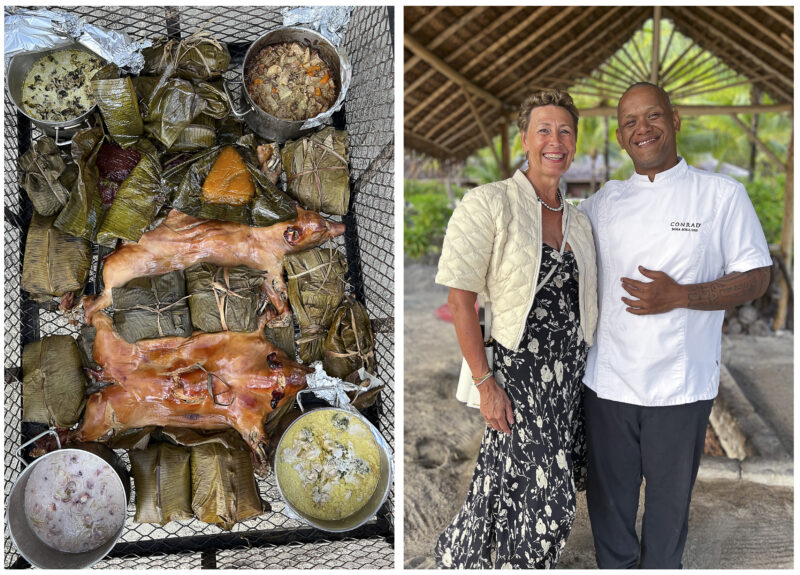
The local Hinano
Want to drink like the locals? The best way to do that is with Hinano! Hinano is the local beer. You can recognize this delicious light lager by its beautiful logo that depicts a sitting vahiné, a Tahitian woman.
Where there is sugarcane, there is rum!
Another typical drink is rum. In French Polynesia, rum is distilled from locally grown sugar cane, like in Domaine Pari Pari. Sugar cane is said to have originated in Polynesia. Yet rum itself was not distilled here until the 19e century.
When you say rum, you also say exotic cocktails! The best known of these is probably the mai tai, invented and made world famous by the legendary Trader Vic and inextricably linked to Polynesia. Manuia! Cheers!
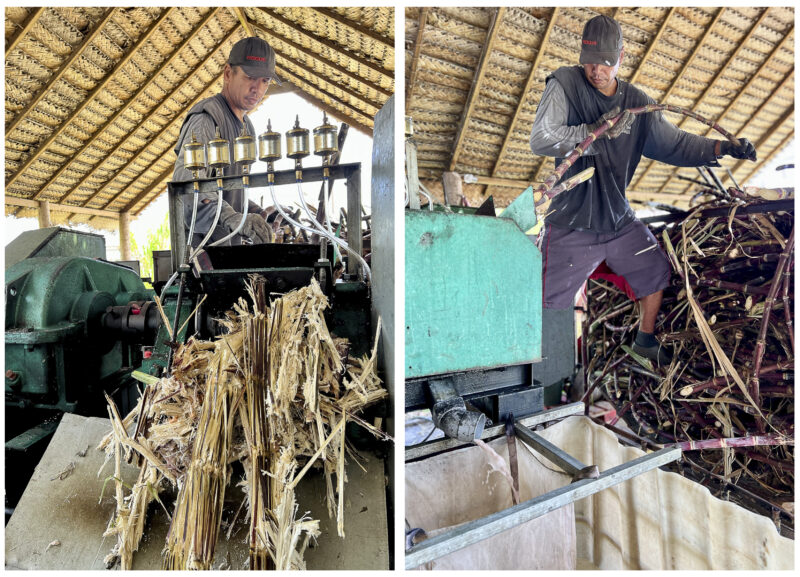
Vanilla tahitensis
Last but definitely not least: vanilla! Tahitian vanilla is an extraordinary product. Thanks to research at the University of Tahiti, more than 200 different components were identified in the aroma of Tahitian vanilla. Vanilla tahitensis owes that uniquely refined and complex aroma to the crossing between several varieties.
The difference from bourbon vanilla? There are more notes of caramel and anise present, while bourbon vanilla rather has a fruitier aroma with hints of wood.
